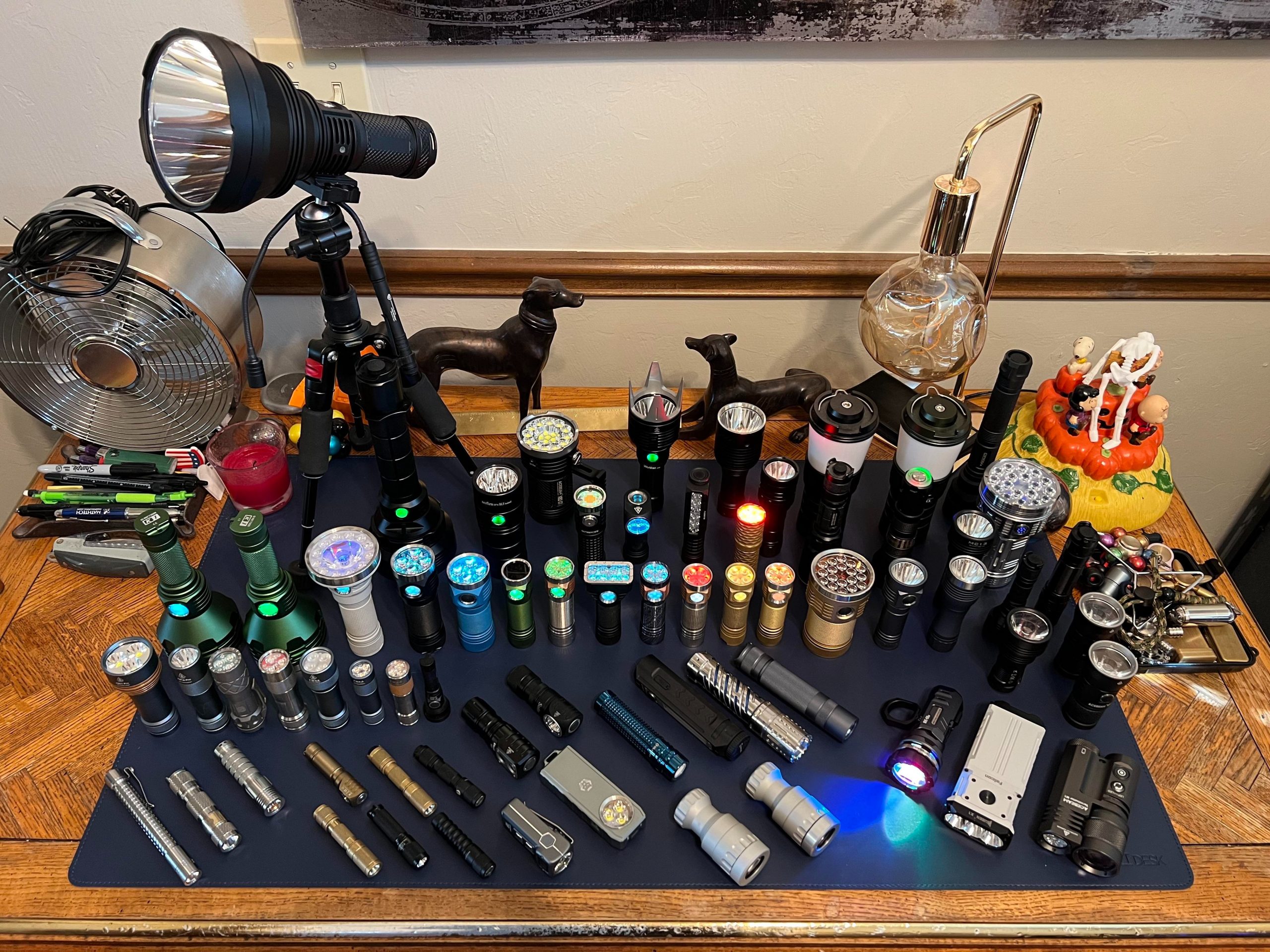LED flashlights have evolved significantly, and at the heart of their functionality lies the LED driver—a crucial component that determines how efficiently and effectively the flashlight operates. In this guide, we’ll delve into the various types of LED drivers commonly used, their operating principles, and their impact on flashlight performance.
Why Use LED Drivers?
LEDs, unlike traditional incandescent bulbs, require specific current regulation rather than voltage regulation for optimal performance. This is where LED drivers come into play. Their primary function is to maintain a consistent current flowing through the LED, ensuring stable brightness and maximizing efficiency.
Types of LED Drivers
LED drivers can be broadly categorized into three main types based on their operating principles: switching converters (buck and boost), linear regulators, and FET-based drivers.
Switching Converters
Boost Converters: These drivers step up the input voltage to a higher output voltage. They are essential when the battery voltage is lower than the required LED forward voltage, commonly encountered in single-cell flashlights or when multiple LEDs are connected in series.
Buck Converters: In contrast, buck converters step down the input voltage to a lower output voltage. They are used when the battery voltage exceeds the LED forward voltage, typical in flashlights with multiple cells in series.
Both boost and buck converters utilize a combination of components including MOSFETs, inductors, diodes, and capacitors to efficiently regulate current regardless of fluctuations in battery voltage. This results in consistent LED brightness throughout the battery’s discharge cycle.
Linear Regulators
Linear regulators, such as the AMC7135, provide a simpler alternative to switching converters. They regulate current by dissipating excess voltage across a pass element (typically a transistor) in its linear region. While less efficient than switching converters, linear regulators are favored for their simplicity and reliability in low-current applications.
FET-Based Drivers
FET-based drivers employ a MOSFET switch directly in series with the LED. Unlike regulated drivers, FET drivers do not actively control current but rather allow as much current as the battery and circuit can supply. This design is straightforward and effective for achieving maximum brightness but lacks the stability of regulated drivers as battery voltage decreases.
Combining Technologies
To optimize performance, flashlight designers often combine different driver technologies. For instance, a “FET+1” design may include both a FET for high-current modes and one or more AMC7135 linear regulators for lower current modes. This hybrid approach leverages the efficiency of linear regulation at lower outputs while harnessing the FET’s capability to deliver high currents.
Considerations and Applications
When selecting an LED driver for a flashlight, factors such as input voltage range, desired output current, efficiency, and thermal management must be carefully considered. Each type of driver offers distinct advantages depending on the flashlight’s intended use—whether for long-lasting efficiency in outdoor settings or maximum brightness in tactical applications.
Conclusions
LED drivers can be broadly categorized into three main types based on their operating principles: switching converters (buck and boost), linear regulators, and FET-based drivers.
| Driver Type | Operating Principle | Advantages | Disadvantages | Applications |
|---|---|---|---|---|
| Switching Converters | Convert input voltage to match LED requirements (boost or buck). | High efficiency, stable output current. | Complex design, potential for electromagnetic interference. | High-performance flashlights with varying battery voltages. |
| Linear Regulators | Regulate current by dissipating excess voltage as heat. | Simple design, reliable operation at low currents. | Lower efficiency, heat generation. | Low-power flashlights, where simplicity and reliability are critical. |
| FET-Based Drivers | Act as a direct switch in series with the LED. | Maximum brightness output, simple design. | Unregulated current, brightness varies with battery level. | Tactical flashlights requiring maximum output for short periods. |
In conclusion, LED drivers are integral to the performance and longevity of LED flashlights. Understanding the differences between switching converters, linear regulators, and FET-based designs enables flashlight enthusiasts and designers to choose the right driver for their specific needs. Whether you prioritize efficiency, brightness, or simplicity, the right LED driver ensures your flashlight performs optimally in any situation.
By mastering these fundamentals, you can enhance your understanding of flashlight technology and make informed decisions when selecting or designing LED drivers for your next flashlight project.

